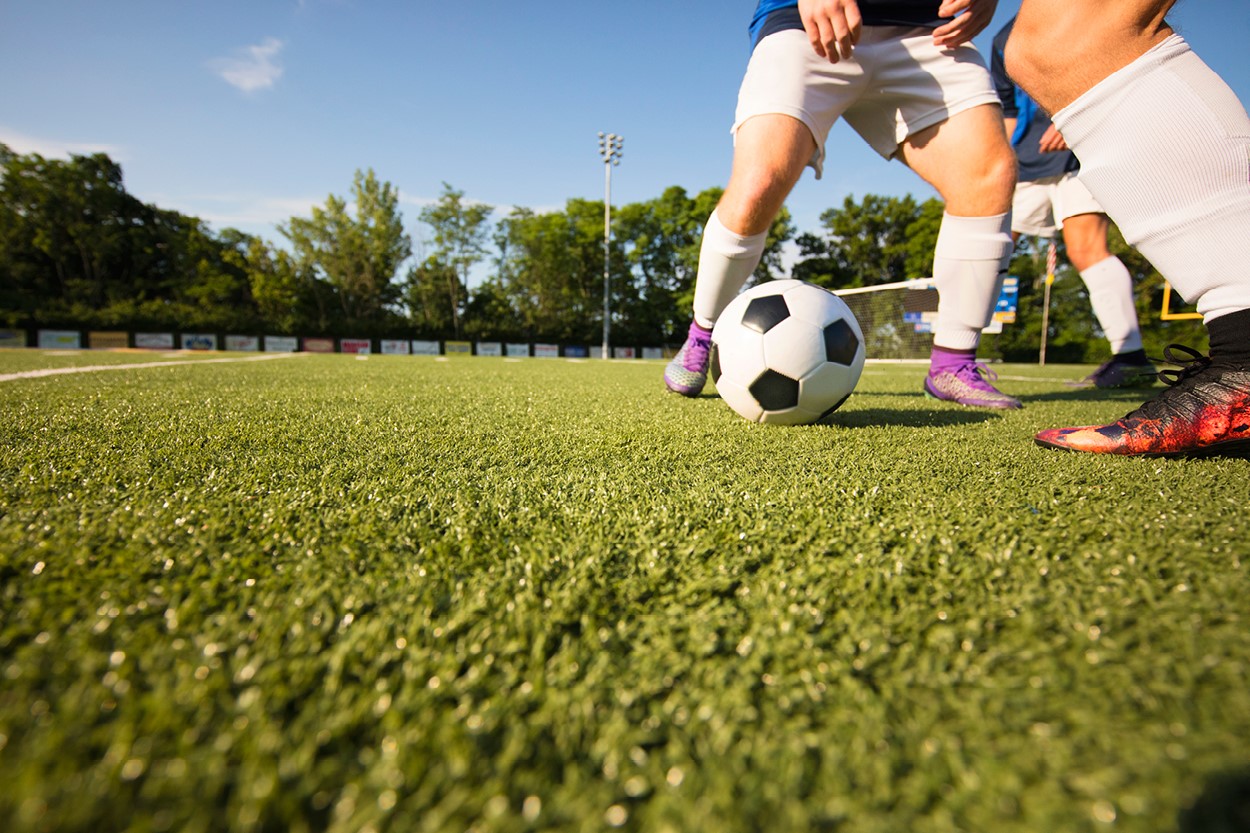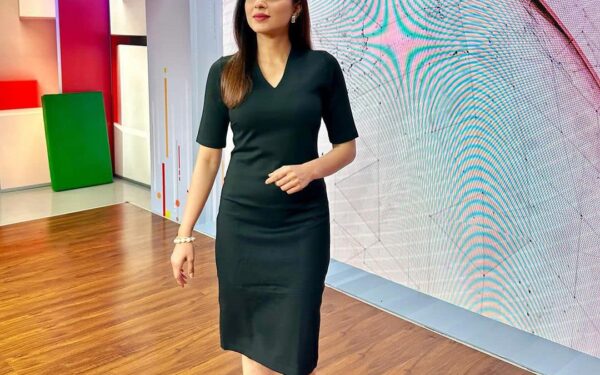Why Artificial Turf Is Good for Football Terrains

Ever since the ball started rolling on football fields worldwide, it seemed that no other surface could match natural grass. Indeed, it’s almost impossible to imagine this sport (at least the professional one) without a spacious, green playing court. But artificial turf football fields seem to be gaining popularity as its best alternative.
Some football purists will complain about this choice because they think no synthetic material can provide the same feeling as natural grass. But artificial turf, besides giving the exact aesthetic moment, also provides the same feel as when playing on natural grass.
This material was designed with football players in mind, but it’s also good from the economic side. Simply put, installing this court is much easier than planting and maintaining the grass area. But it doesn’t take away from the beauty and excitement of this game.
Player Safety
Football is an exciting but demanding sport with high risks of injuries. And most of them happen due to uneven, bumpy, or slippery terrain. So, for example, players can trip over sods, which can cause severe wounds and fractures.
Luckily, the use of artificial turf on football terrains can significantly reduce these injuries. In addition, these surfaces have an option of installing shock pads beneath them as additional cushioning for safe play.
The terrain condition can significantly impact the game outcome. For example, it’s hard to dribble the ball on uneven natural grass. But that’s not the case with synthetic grass. It provides a uniform playing surface for faster running and ball rolling, as there are no holes and protrusions. So players can move and tackle much more fluidly without concerns about their safety.
Durability
Another benefit of artificial turf is its durability. It can last for 10 to 15 years when properly installed and maintained. In addition, the material is resistant to fading, and UV rays can’t harm it. Moreover, it can withstand heavy traffic without impacting surface quality.
Synthetic turf for football terrains is also resistant to extreme weather conditions. It won’t dry out in the sun nor wilt due to high moisture. In fact, it will dry up after heavy rainfalls much more quickly than natural grass. That allows football games to be played in all weather conditions.
Here are some tips on laying artificial turf:
https://www.popularmechanics.com/home/how-to-plans/how-to/a23626/how-to-lay-artificial-grass/
Low Maintenance Requirements
Aside from being durable and safe for playing football in all weather conditions, artificial turf also requires less maintenance than its natural counterpart. For example, it doesn’t need to be watered, mowed, or fertilized. That cuts labor and work costs but also helps the environment.
Synthetic turf is easier to roll over and is more uniform. It also always keeps the same length and pile density. Moreover, it doesn’t require irrigation, a crucial factor for good-looking football terrains with natural grass. Finally, the low maintenance needs mean that the football court can stay in good shape with minimal effort and funds.
Excellent Water Drainage
One of the reasons why artificial turf is suitable for football terrains is that it drains water well. That prevents problems such as standing water, mud, and unwanted insects and allergens. In contrast, the natural grass will often hold puddles and residual dampness, which invite mosquitoes and mold growth.
The drainage system of synthetic turf will make the pitch level and keep the grass from undulating. That can be especially useful on sloped surfaces, which drain water away more quickly than on flat terrains.
In order to avoid flooding, you must make sure that you install drainage tiles beneath the turf. These weep holes will vary depending on the product and the manufacturer. However, the more drainage holes, the better drainage will be. Further, the closer the holes are to each other, the better the water drainage.
Budget-Friendly Surface
For big football clubs, natural grass is still the number one choice regarding the terrain surface. But they invest a lot in court maintenance to get a perfectly manicured pitch. Unfortunately, that’s not something amateur or local clubs can deal with.
Simply, the costs of grass maintenance can be way too high. That’s where synthetic turf comes in handy as an excellent alternative to natural grass. On this web page, find some handy tips on buying artificial grass.
And after installing this surface, small clubs can save money and reinvest it in something else, like upgrading the infrastructure, providing scholarships for talented players, etc.
When it comes to football terrains, artificial turf is a good choice. It has the benefits of being extremely durable and safe, thus providing a natural feel to the field. Besides, this surface has an excellent drainage system and requires little maintenance. In the long run, that saves time and money, and you can rest assured that the field will last for years.


